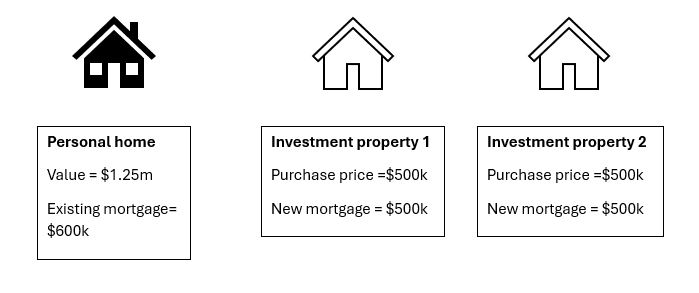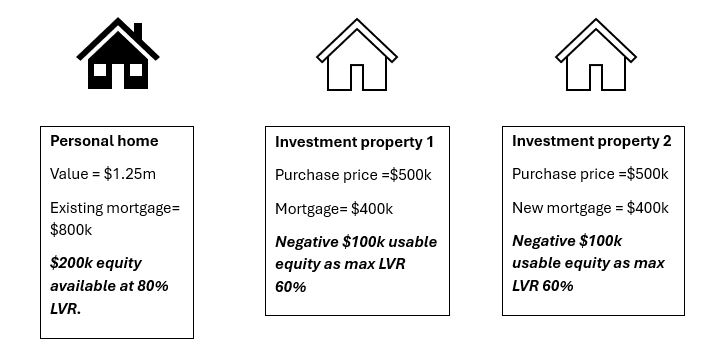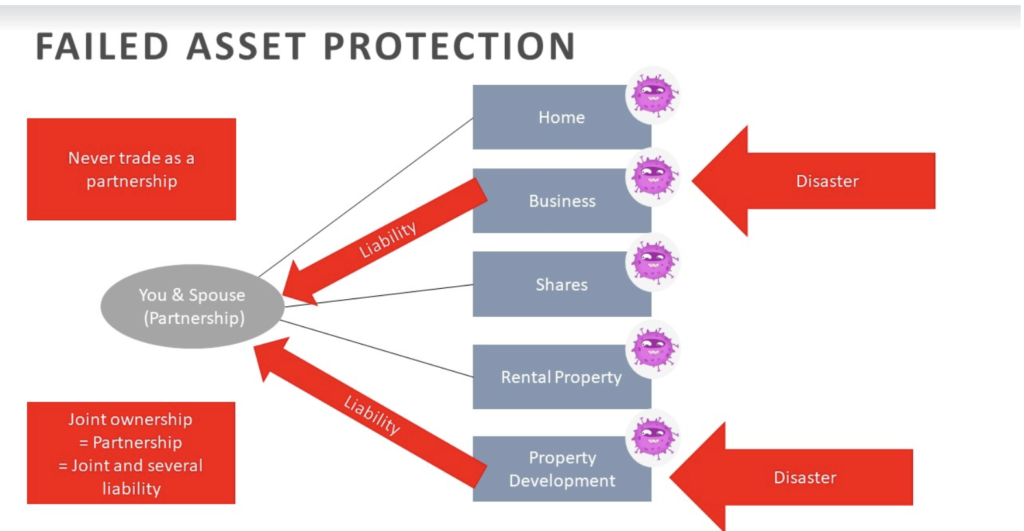
1. Bad Debts
Ensure that any debts deemed unrecoverable are fully written off in your accounts before the year-end to qualify as deductible bad debts.
2. Asset Invoices
Retain invoices for any new vehicles or equipment purchased during the year. These are necessary for updating your asset register and calculating depreciation claims accurately.
3. Entertainment Expenses
Meals with clients and customers are partially tax-deductible. Keep all receipts and consult with us to determine which expenses are deductible.
4. Fourth-Quarter FBT Returns
The FBT year ends on 31 March for most employers, with returns due by 31 May 2025. Consider using alternate rate options to potentially reduce FBT from the standard 63.93% rate.
5. Trading Stock
Conduct a stocktake at balance date. Obsolete stock may be valued at market selling value if lower than cost, provided you can substantiate the valuation.
6. Subscriptions and Memberships
If industry-related subscriptions aid your work, you may be eligible for a tax deduction.
7. Home Office Claims
If you work from home, you can claim a portion of mortgage interest, rent, rates, utilities, and insurance. Provide details on the area used for work purposes.
8. Review Fixed Assets and Depreciation
Ensure all assets listed in your register are currently in use. Dispose of any obsolete assets before year-end to claim appropriate deductions.
9. Depreciation Rates
Note that from the 2024-25 income year, the depreciation rate for non-residential buildings has reverted to 0% which may impact on your taxable profit.
10. Manage Employee Expenses and Holiday Pay
Ensure that any accrued employee expenses, such as bonuses or holiday pay, are either paid within 63 days of the balance date or appropriately accounted for.
11. Record Keeping
Maintain comprehensive records and receipts to support your claims.
12. Provisional Tax
For provisional taxpayers, the final payment for the 2025 tax year is due on 7 May 2025, if we prepare your returns. Contact us if you are unsure of your obligations.
13. UOMI and Tax Pooling
With Inland Revenue’s use of money interest rate currently at 10.88%, tax pooling can help reduce interest rates and offer payment flexibility. We can provide further details on the benefits of using tax pooling.
14. Prescribed Investment Rate (PIR)
Ensure your PIR for investments in portfolio investment entities (PIE), like KiwiSaver, is correct. An incorrect PIR can result in additional tax liabilities at year-end.
15. Failing to disclose overseas investments
With IRD undertaking increased audit activity its important to disclose any income earned from investments such as crypto-currency or share trading.
16. Evaluate Inter-Entity Recharges if you have them
Maintain thorough documentation for inter-entity transactions to support deductions and minimise potential tax risks.
17. Transfer Pricing
Ensure that inter-entity charges are at arm’s length to comply with transfer pricing regulations.
18. Monitor Shareholder Drawings
Ensure shareholder drawings are correctly documented and comply with company policies and if the drawings be covered by a distribution or salary to avoid overdrawn advances.
19. Dividend Planning
Consider if you need to pay a dividend, review the company’s profit levels and imputation credits available, if you need to issue a dividend then paying your tax on or before 31 March 2025 may help.










